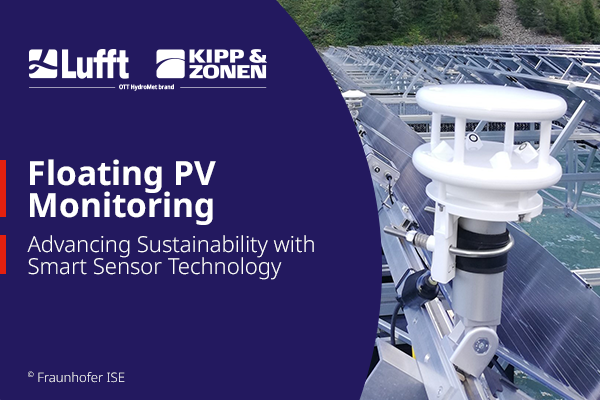Background
Copper is widely recognized as an effective inhibitor to biological growth and it has been used successfully in many applications where biological activity impedes the desired result. One example is in marine transportation where ship hulls are often treated with copper to be kept free of biological growth that slows the ship’s speed.
In natural aqueous environments, copper ions are released from their solid form and are exposed to microorganisms in sufficient concentrations to be toxic. This is the primary reason copper is such an effective tool for use against biological growth.
Specific to applications in water quality monitoring, instrument manufacturers and their users have been using copper to prevent biological growth from negatively impacting measurements. Experiments and user experience clearly show that copper effectively inhibits biological growth in many aqueous environments. Comparing biological growth rates on untreated surfaces to surfaces that are covered with some form of copper show that biological growth is reduced.
Effectiveness
Copper’s effectiveness of significantly preventing erroneous readings due to accumulation of biological growth on water quality sensors is not universally accepted. For example, copper tends to be more effective in saline environments where copper will dissolve more rapidly. Also, biological growth can occur on any untreated surface, such as a pH sensor bulb. As an unintended side effect, copper-clad surfaces – especially surfaces that have not been oxidized – have reflective properties that can artificially influence optical sensors, such as turbidity sensors. Nevertheless, copper is a popular tool that is used often as part of a comprehensive strategy to maximize the success of a water quality monitoring program where bio-fouling is an issue.

Summary
Good QA/QC practices need to be followed even with the use of copper. Other factors can influence sensor readings over an extended deployment that cannot be mitigated by the use of copper, such as growth on untreated sensor surfaces or physical interferences from natural site conditions. Professional judgment needs to be applied together with knowledge of and experience with a particular deployment sight and against monitoring program objectives to determine whether copper will be a worthwhile investment.
OTT Hydromet offers copper accessories for water resource professionals to use as a tool for increasing data quality in applications where sensor performance is affected by biological growth. Copper tape, copper mesh, and copper sensor guards (Hydrolab DS5/DS5X only) are available for purchase directly from OTT Hydromet. Suggestions for effective application and removal of copper accessories are also available in the form of an instruction sheet from OTT Hydromet.



